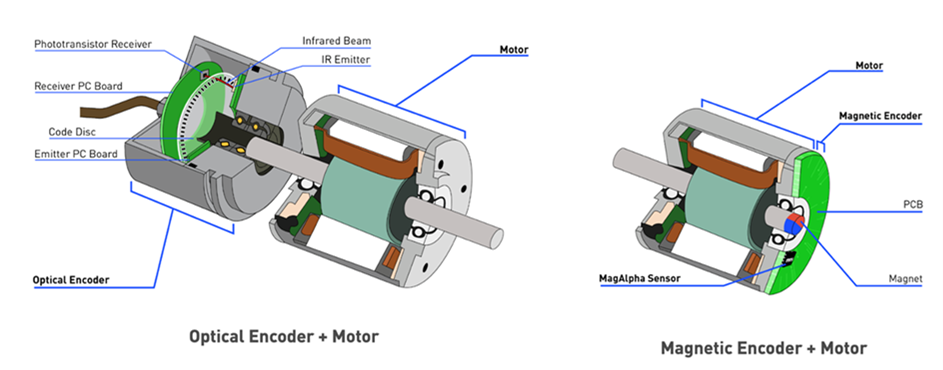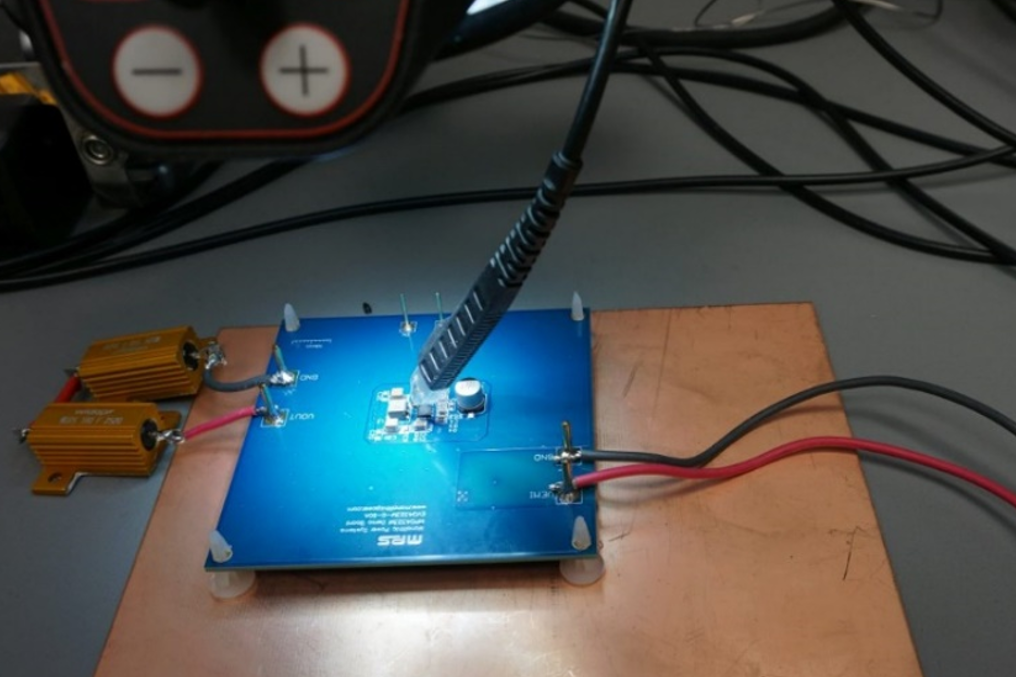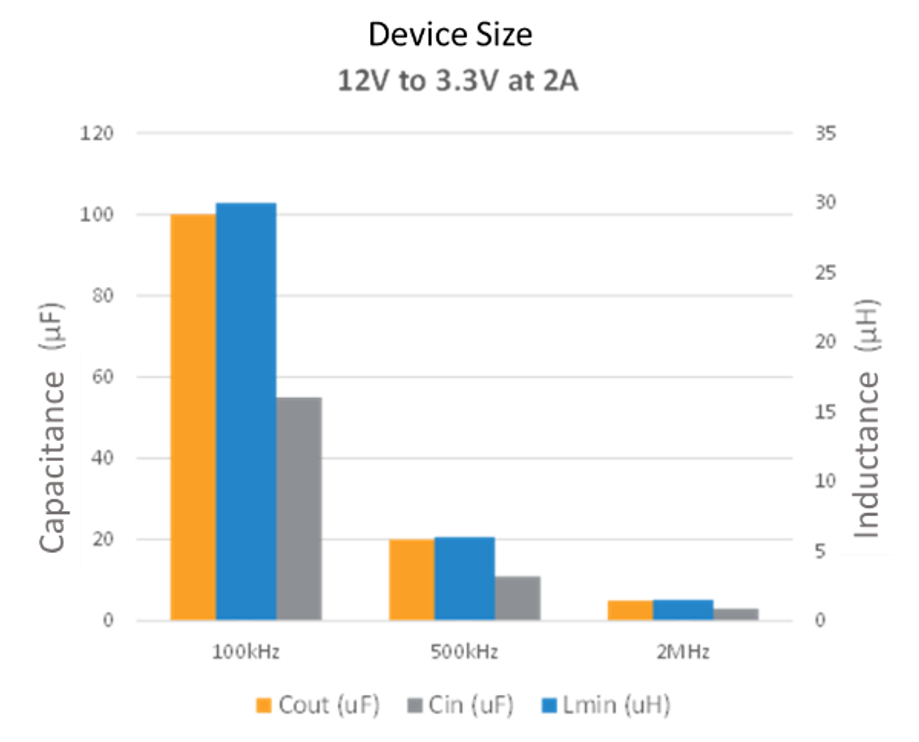Sensor and Actuator Interfaces
The exact and effective interaction of numerous components is critical in modern vehicle systems. This kind of efficiency is largely dependent on the interfaces that sensors and actuators use. These interfaces determine the communication’s dependability and quality in addition to controlling the flow of information. Now let’s explore the differences between analog and digital interfaces and the range of communication protocols that are out there.
Analog vs. Digital Interfaces
Analog Interfaces
- Nature: Analog interfaces use a continuous signal that fluctuates in frequency or amplitude to transmit data.
- Pros: They offer a clear representation of a measured or controlled quantity and can be easy to use and reasonably priced.
- Cons: They are not as suitable for complicated systems or long-distance communications because of their limited range and susceptibility to noise interference. In actuality, the wiring of analog sensors receives extra care. To prevent ground-induced noise from neighboring car components, the connecting ECU must supply a distinct sensor ground specifically for that sensor.
- Usage: Commonly seen in simple sensors like pressure or temperature sensors, where the output signal may be proportionate to the quantity being measured. For instance, because of their incredibly low cost, NTC resistors are frequently employed in the automotive industry.
Digital Interfaces
- Nature: Discrete signals, mostly binary (0s and 1s), are used by digital interfaces to transmit data.
- Pros: They provide accurate and strong noise immunity.
- Cons: Their cost is usually higher than that of analog sensors. Additionally, they require additional computational power from the DSPs and microcontroller interface. Simple HALL effect sensors produce a stream of pulses proportionate to the speed of an axis, for example, but digital sensors that use digital protocols like SPI and I2C require a reliable workaround in order to protect against and recover from all possible protocol failure types.
- Usage: Common in contemporary automobile systems where accurate control and data collection are essential.
Communication Protocols for Sensors
For seamless operation and integration, communication between sensors and electronic control units (ECUs) or between several sensors is essential in current automobile systems. In order to do this, a number of communication protocols designed specifically for automobile sensing have been developed.
Inter-Integrated Circuit (I2C)
- Usage: This is a packet-switched, single-ended, multi-master, multi-slave serial communication protocol. It is frequently used to connect slower peripheral integrated circuits (ICs) to microcontrollers and processors.
- Example: An illustration of this would be ambient light sensors in cars, which assist the car's system in determining the dashboard illumination levels, and frequently employ the I2C protocol due to its ease of use and effectiveness in low-speed data transfer.
Single-Edge Nibble Transmission (SENT)
- Usage: SENT is a point-to-point protocol that allows sensor readings to be sent from a controller to a sensor. It is designed with low power consumption and the fewest possible sensor connection pins.
- Example: The SENT protocol is used by a large number of contemporary throttle position sensors because it enables high-resolution data delivery with little system overhead.
One-Wire
- Usage: This protocol just needs one wire to communicate, as its name implies. It is intended for use in automobile settings for low-speed data transmission.
- Example: A tire pressure monitoring sensor might make use of the One-Wire protocol since it benefits from less complicated connections and only needs to transmit data infrequently.
Serial Peripheral Interface (SPI)
- Usage: SPI is a synchronous serial communication protocol that selects the target device using a select line in addition to distinct clock and data lines.
- Example: Due to SPI's full-duplex transmission and quicker data rates, some high-speed gyroscopic sensors are used in advanced stability control systems in automobiles.
Controller Area Network (CAN)
- Usage: CAN is a common protocol for higher-level vehicle communications, but it is also used by some sensors, particularly those that require to transfer of data across different systems. It is reliable, able to function in noisy settings, and appropriate for real-time applications.
- Example: Because of CAN's dependability and the significance of the data it transmits, wheel speed sensors—which are essential for traction control and Anti-lock Braking Systems (ABS)—often communicate via it.
Local Interconnect Network (LIN)
- Usage: For non-critical sub-networks inside a car, a more affordable option to CAN. It is a serial network protocol that facilitates communication between car parts.
- Example: Because LIN is easy to use and reasonably priced, rain or light-detecting modules—which modify the wipers or headlights according to the outside conditions—might make use of it.
For sensors and control units in automobiles to communicate effectively, several protocols are essential. By using them, automobiles may smoothly integrate a wide range of sensors, enhancing performance, safety, and the driving experience in general.
Integration Challenges and Solutions
The intricate integration of several sensors and actuators is necessary due to the growing complexity of automotive systems. Even though this kind of connection has a ton of promise for sophisticated features and optimizations, there are drawbacks. Effectively addressing these obstacles is essential to guaranteeing dependable and peak performance. Making sure that components are compatible with one another and controlling electromagnetic interference (EMI) are two of the most important integration issues.
Ensuring Compatibility Between Components
Challenge
The challenge in automotive systems is the variety of sensors and actuators that may originate from different manufacturers, different eras of technology, or different design paradigms. These differences may result in problems with physical connectors, communication protocols, voltage levels, and current capabilities.
Solutions
Standardization: Compatibility problems can be greatly reduced by using standardized interfaces, voltages, and communication protocols. SAE and ISO standards, for example, can offer recommendations for certain automobile uses.
- International Organization for Standardization (ISO): They offer global standards that guarantee both safety and quality. For example, ISO 14229 and ISO 15765 establish standards for vehicular communication systems, whereas ISO 26262 deals with the functional safety of vehicle electronic systems.
- Society of Automotive Engineers (SAE): Standards for automobiles and their parts are provided by SAE. Notably, SAE J1979 establishes standards for On-Board Diagnostic systems, and SAE J1939 makes communication easier in heavy-duty settings.
Interfacing Modules: To ensure that different components can communicate with one another without any problems, use interface modules or gateways that can translate between different protocols or change the voltage or current levels.
Unified Development Platforms: You can reduce inconsistencies by developing and testing on the same platform or environment. Using platforms designed specifically for automobiles, for instance, that accommodate a variety of components, can be advantageous.
Comprehensive Documentation: It is essential to keep comprehensive documentation for every component, outlining its interfaces, specs, and requirements. System integrators can use this information to determine compatibility and make wise judgments.
Procedures for Sensors and Actuators
Making sure that sensors and actuators work together and handle interference are not the only things that go into successfully integrating them into automobile systems. It is essential to make sure these parts operate precisely, dependably, and consistently. This is where dependability analysis, quality assurance, calibration and testing, and validation come into play.
The process of calibrating a sensor or actuator involves modifying its response to make sure that its readings or actions correspond to actual values.
Sensor Calibration
- Procedure: The process entails recording the sensor's reaction after subjecting it to a variety of known situations. After that, the output is modified (using hardware or software) to match the anticipated values.
- Example: A temperature sensor may be subjected to a range of exact temperatures while modifications are made to guarantee that its output corresponds to the input values that are known. The sensor manufacturer, the automobile supplier, or both may do the calibration process.
Actuator Calibration
- Procedure: Change the control signal that is supplied to the actuator, measure its reaction, and make adjustments as needed to get the desired result.
- Example: To make sure a solenoid delivers the appropriate force or displacement for each level, it may be driven at different current levels. The correlation between current and displacement can be determined for every component on the assembly line separately and utilized, for instance, as an integrated look-up table in the DSP or Microcontroller of the ECU.







直接登录
创建新帐号